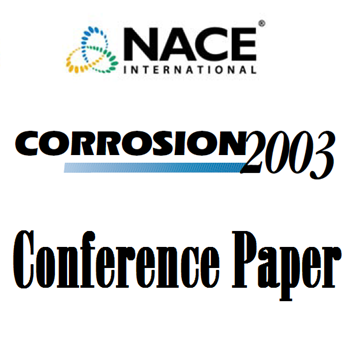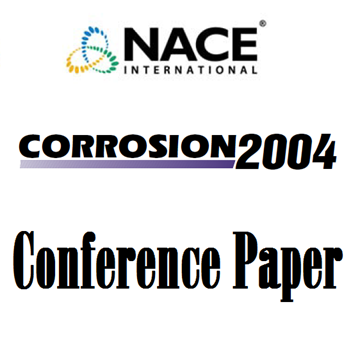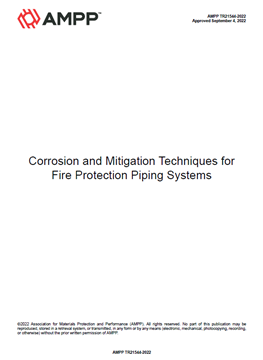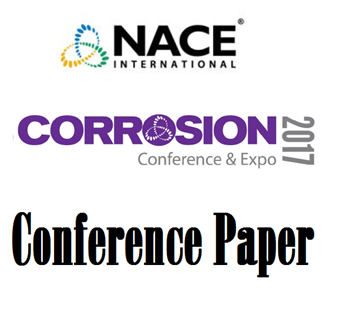Search
Products tagged with 'tuberculation'
View as
Sort by
Display
per page
03269 Observations of Corrosion of Electric Resistance Welded Galvanized Steel Pipe in Domestic Potable Water
Product Number:
51300-03269-SG
ISBN:
03269 2003 CP
Publication Date:
2003
$20.00
04511 Some Recent Failures of Fire Sprinkler System Components: Corrosion Case Histories
Product Number:
51300-04511-SG
ISBN:
04511 2004 CP
Publication Date:
2004
$20.00
AMPP TR21544-2022, Corrosion and Mitigation Techniques for Fire Protection Piping Systems
Product Number:
AMPP TR21544-2022
Publication Date:
2022
$109.00
Understanding the Total Cost of a Corrosion Issue in the Oil and Gas Industry
Product Number:
51317--9286-SG
ISBN:
9286 2017 CP
Publication Date:
2017
$20.00




